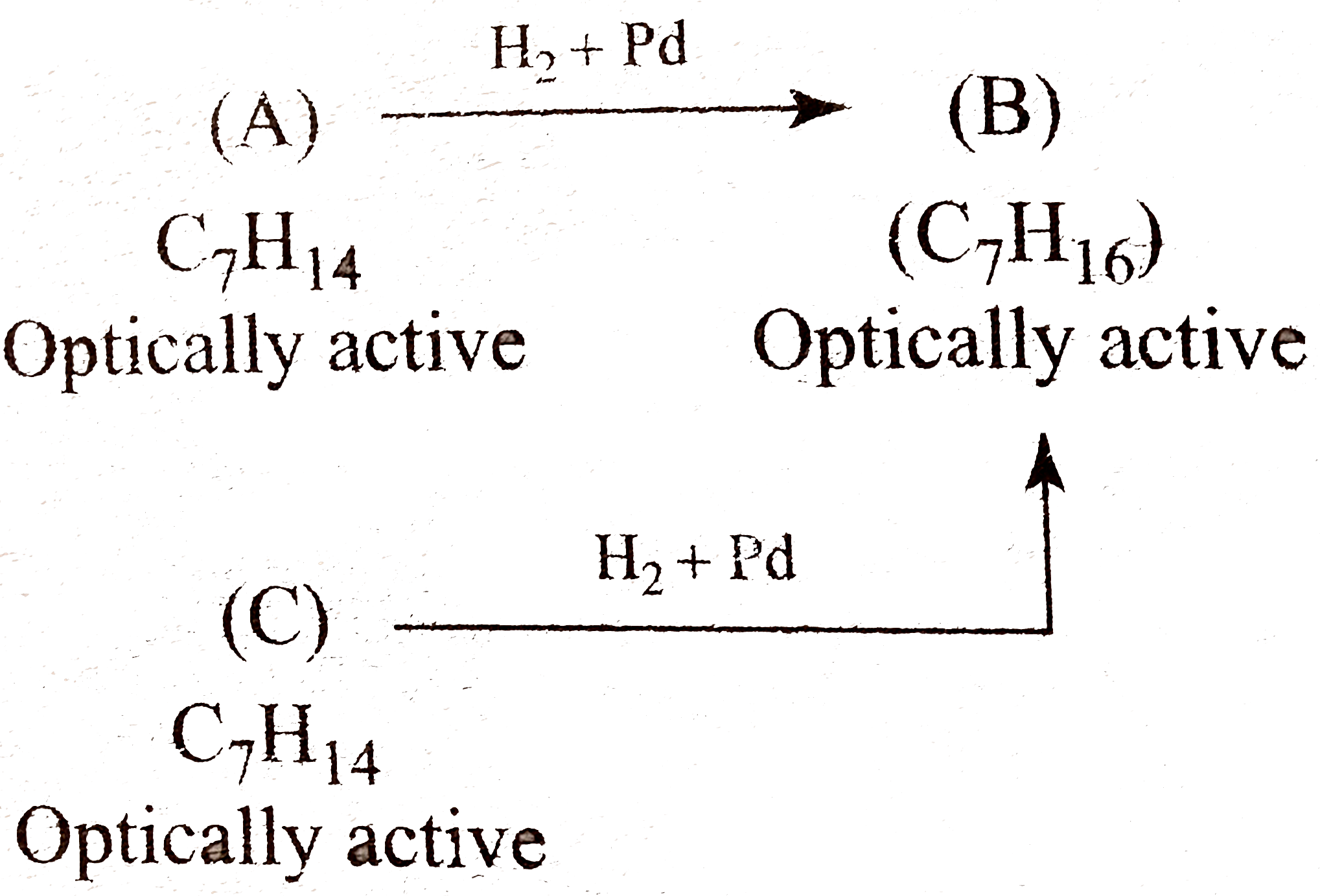
(A) and (C) are different compounds and rotate the planepolarised light in the same direction, and both are dextrorotatory. Both (A) and (C) do not show diastereomers.
Which of the following statements are correct ?
A

B

C

D

Video Solution
Text Solution
The correct Answer is:A, B, C
D.U. of (A) and (C)=1∘, so the answers (a) and (b) are correct. On hydrogenation, (+) compound can give either (+) or (−) compound. Since (+) and (−) cannot be determined from the structure, it depends on the nature of compound, so answer (c) is also correct.
Moreover, on hydrogenation of (A) or (c), chiral or asymetric centre has not bee produced, it was already in the compound (A) or (C). So the product can either be (+) or (−) .
|
Topper's Solved these Questions
- ALKENES AND ALKADIENESBOOK - CENGAGE CHEMISTRYCHAPTER - ALKENES AND ALKADIENESEXERCISE - Single Correct Answer Type
62 Videos
- ALKENES AND ALKADIENESBOOK - CENGAGE CHEMISTRYCHAPTER - ALKENES AND ALKADIENESEXERCISE - Archives(ASSERTION-REASIOING)
4 Videos
- ALKENES AND ALKADIENESBOOK - CENGAGE CHEMISTRYCHAPTER - ALKENES AND ALKADIENESEXERCISE - linked Comprehension Type
38 Videos
- ALKANES AND CYCLOALKANESBOOK - CENGAGE CHEMISTRYCHAPTER - ALKANES AND CYCLOALKANESEXERCISE - Archives
13 Videos
- ALKYNESBOOK - CENGAGE CHEMISTRYCHAPTER - ALKYNESEXERCISE - Exercises (Archives - Analytical and Desriptive Type)
4 Videos
Similar Questions
Knowledge Check
Compounds which rotate plane of plane polarised light in clockwise direction are knownas
Adextro rotatoryBleave rotatoryCrecemic mixtureDoptical in activeRefer to Question. If (A) and(C) both show optical and geometrical isomers, which of the following statements is / are correct ?
A(A) and (C) are the same compound which is
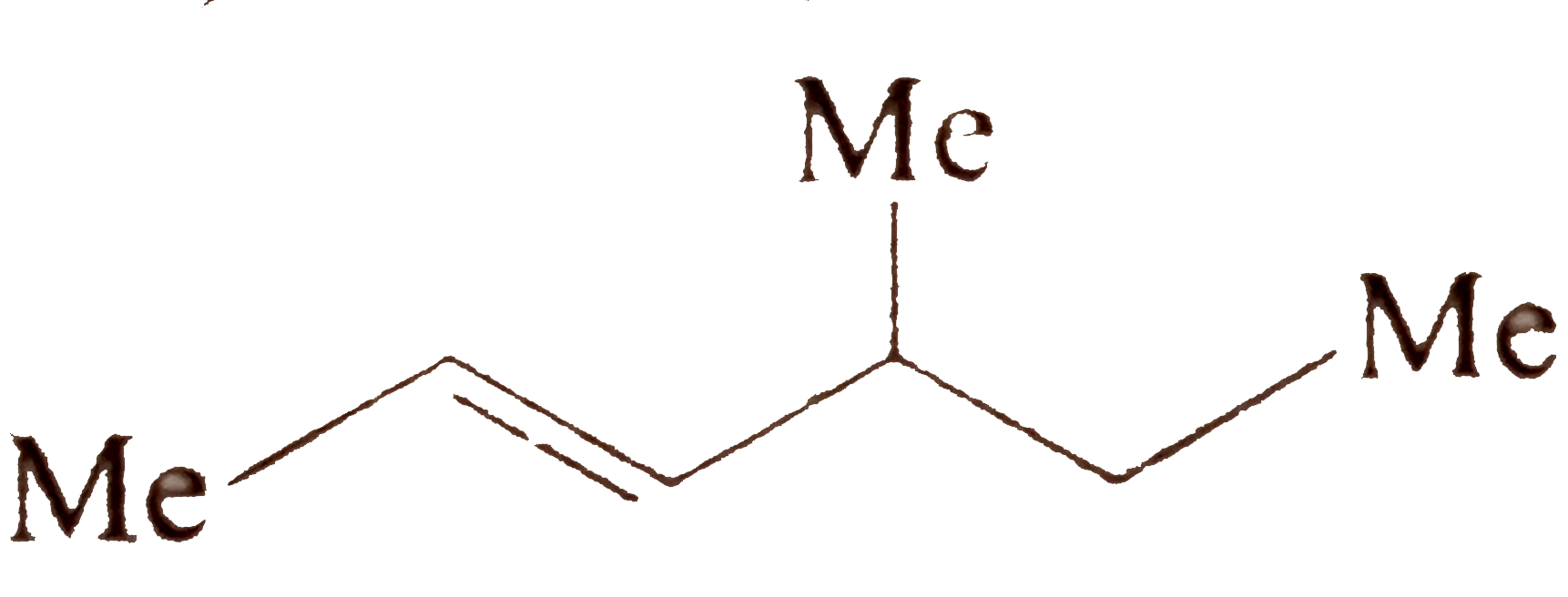 B(A) and (C) are the same compound which is
B(A) and (C) are the same compound which is
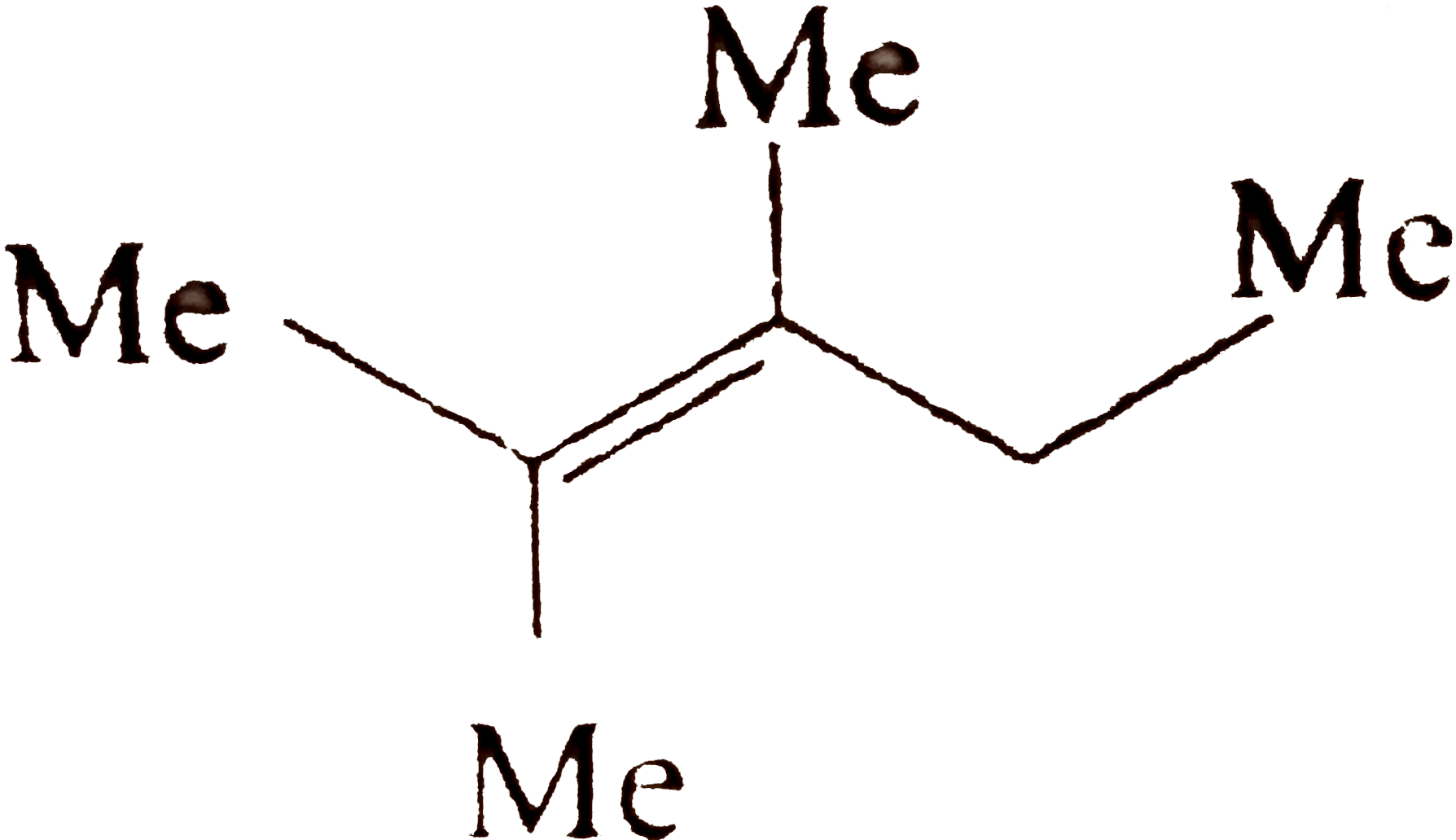 C
C D
D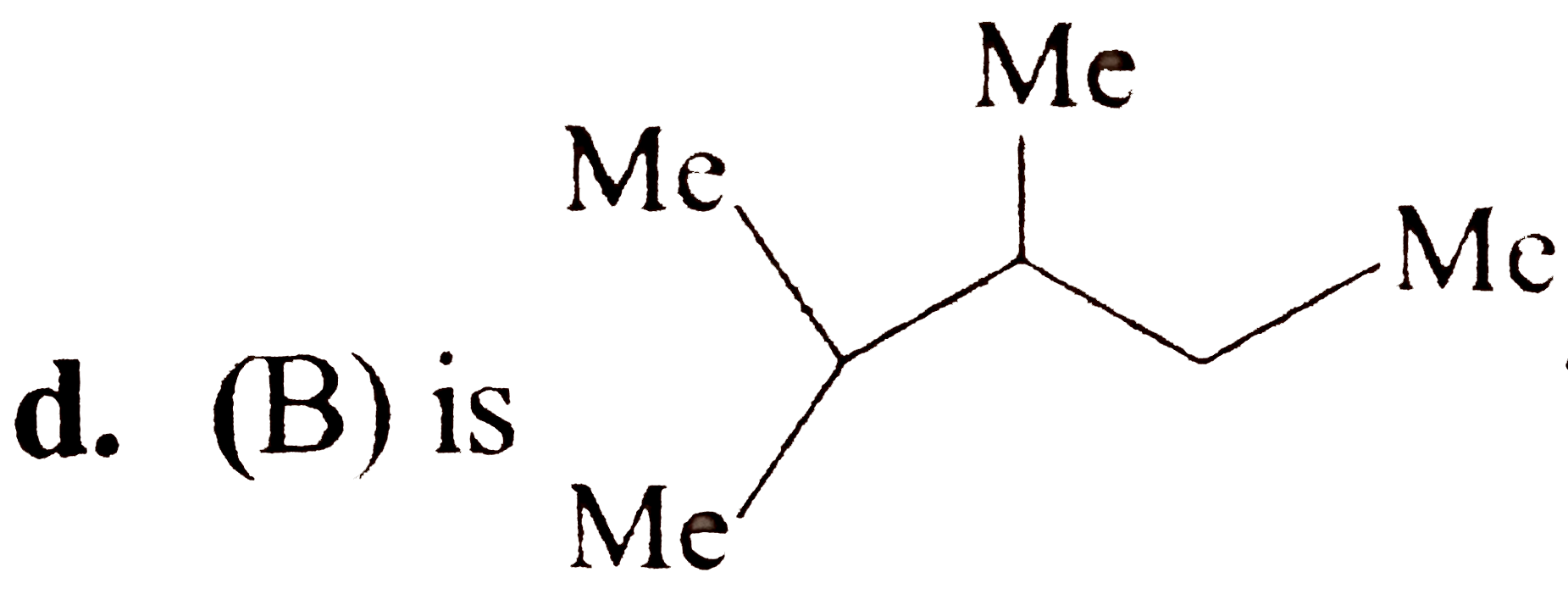
Which of the following statements is not true for both B and Al ?
AThey burn in oxygen to give oxides at high temperatureBTheir halides are Lewis acidsCThey combine with nitrogen to form nitridesDThey react with HCl to from chlorides
Which of the following statements are correct both calcination and roasting?
View Solution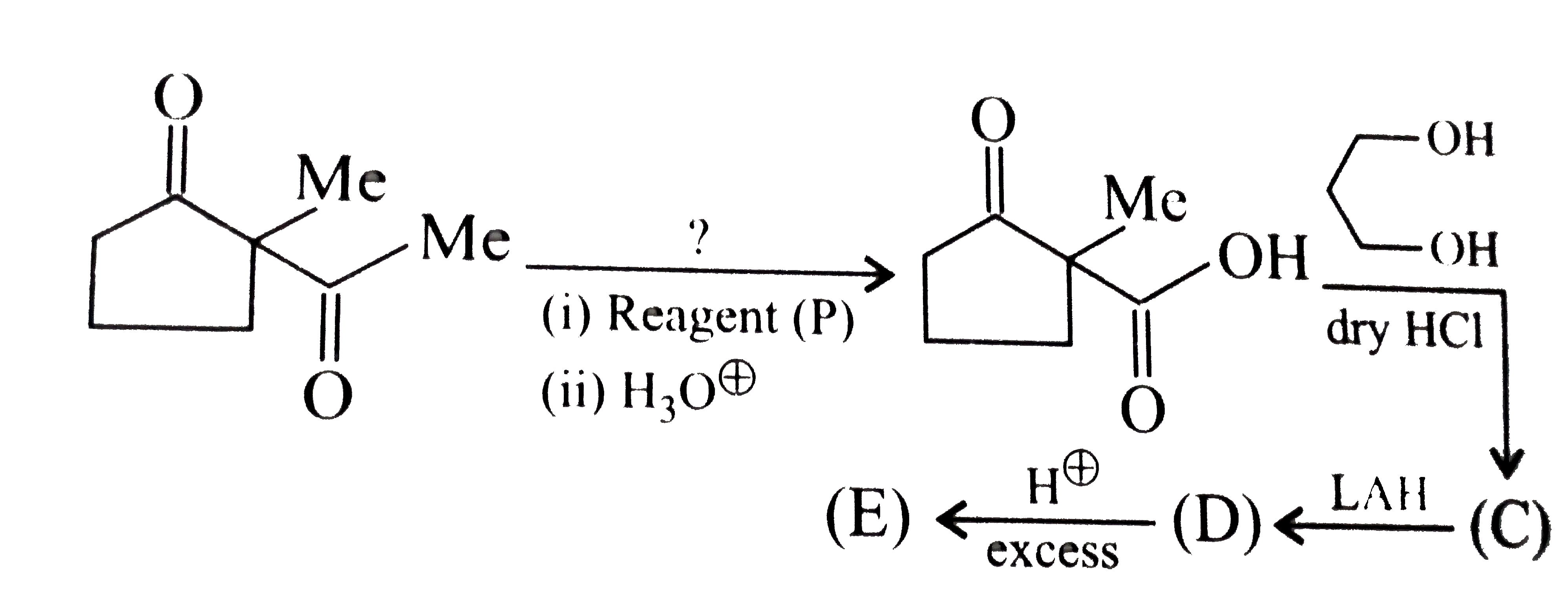
Which of the statement is/are correct about compound (C )?
View SolutionFor, both lanthanides and actinides, which of the following statement is false ?
View SolutionIf C the velocity of light, which of the following is correct?
View SolutionThe pair of the compounds in which both the metals are in the same oxidation state is :
View Solution

